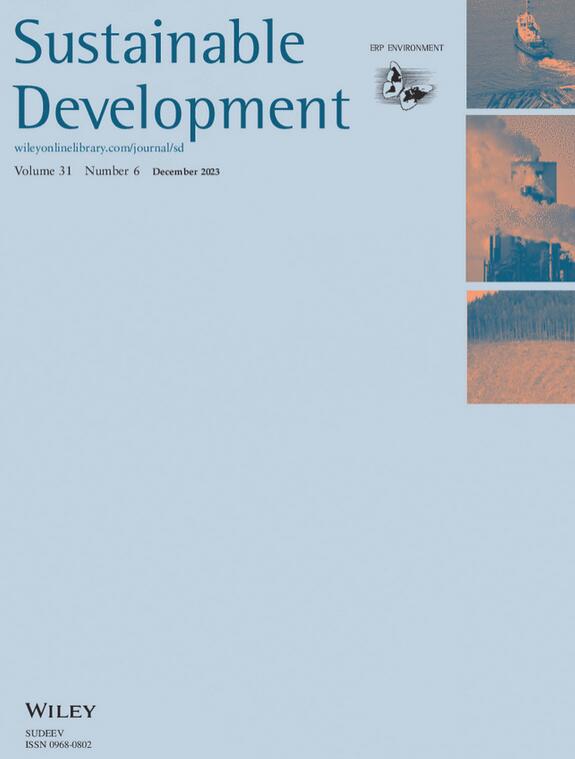为家庭减缓气候变化措施付费的意愿:将可再生能源、能源效率和改造捆绑在一起
IF 8.2
1区 环境科学与生态学
Q1 DEVELOPMENT STUDIES
引用次数: 1
摘要
通过他们的消费行为,家庭对全球温室气体排放总量的70%以上负责。因此,家庭行为带来的温室气体减排潜力非常大。能源消耗是家庭温室气体排放的主要来源。减少家庭温室气体排放的主要途径有两种:使用可再生能源、提高能源效率和通过改变能源使用模式节约能源。家庭节能潜力最大的是楼宇翻新,其次是使用具能源效益的电器(包括照明)。家庭微型可再生能源发电技术也为减少温室气体排放提供了机会。虽然已经制定了许多减少家庭能源消费造成的温室气体排放的政策,但这些政策仍然需要更加有效。本文旨在评估立陶宛家庭通过对建筑物进行能源改造、使用节能电器和使用可再生能源技术来减少家庭能源消耗产生的温室气体排放的意愿。为这些温室气体减排措施付费的意愿,可以将家庭偏好与现有的支持措施进行比较,并评估这些措施的充分性。本文还讨论了家庭对主要温室气体减排政策和措施的态度。调查结果显示,购买节能电器的意愿最高,其次是可再生能源技术。为能源改造买单的意愿是最低的,而这种措施需要政府的大力支持。本文章由计算机程序翻译,如有差异,请以英文原文为准。
Willingness to pay for climate change mitigation measures in households: Bundling up renewable energy, energy efficiency, and renovation
Abstract Through their consumption behavior, households are responsible for more than 70% of total global greenhouse gas emissions. Therefore, the GHG emission reduction potential due to the household behavior is very high. Energy consumption is the main source of the GHG emission in households. There are two main ways to reduce GHG emissions in households: use of renewable energy, energy efficiency improvement, and energy conservation due to changes in the energy use patterns. The highest energy saving potential in households is linked with building renovation, followed by the use of energy efficient appliances (including lighting). Renewable energy microgeneration technologies in households also provide opportunities for GHG emission reduction. Although there have been many policies developed to reduce GHG emissions from energy consumption in households, they still need to be more effective. This paper aims to assess willingness of Lithuanian households to reduce GHG emissions from energy consumption in households by embarking on energy renovation of buildings, use of energy efficient appliances and use of renewable energy technologies. The willingness to pay for these GHG emission reduction measures allows to compare household preferences with respect to available support measures and assess the adequacy of such measures. The paper also discusses household attitudes toward the main policies and measures for GHG emission reduction. The results show the highest willingness to pay for energy efficient appliances, followed by renewable energy technologies. The willingness to pay for energy renovation is the lowest one and such s measure requires significant state support.
求助全文
通过发布文献求助,成功后即可免费获取论文全文。
去求助
来源期刊

Sustainable Development
Multiple-
CiteScore
17.30
自引率
11.20%
发文量
168
期刊介绍:
Sustainable Development is a publication that takes an interdisciplinary approach to explore and propose strategies for achieving sustainable development. Our aim is to discuss and address the challenges associated with sustainable development and the Sustainable Development Goals. All submissions are subjected to a thorough review process to ensure that our readers receive valuable and original content of the highest caliber.
 求助内容:
求助内容: 应助结果提醒方式:
应助结果提醒方式:


